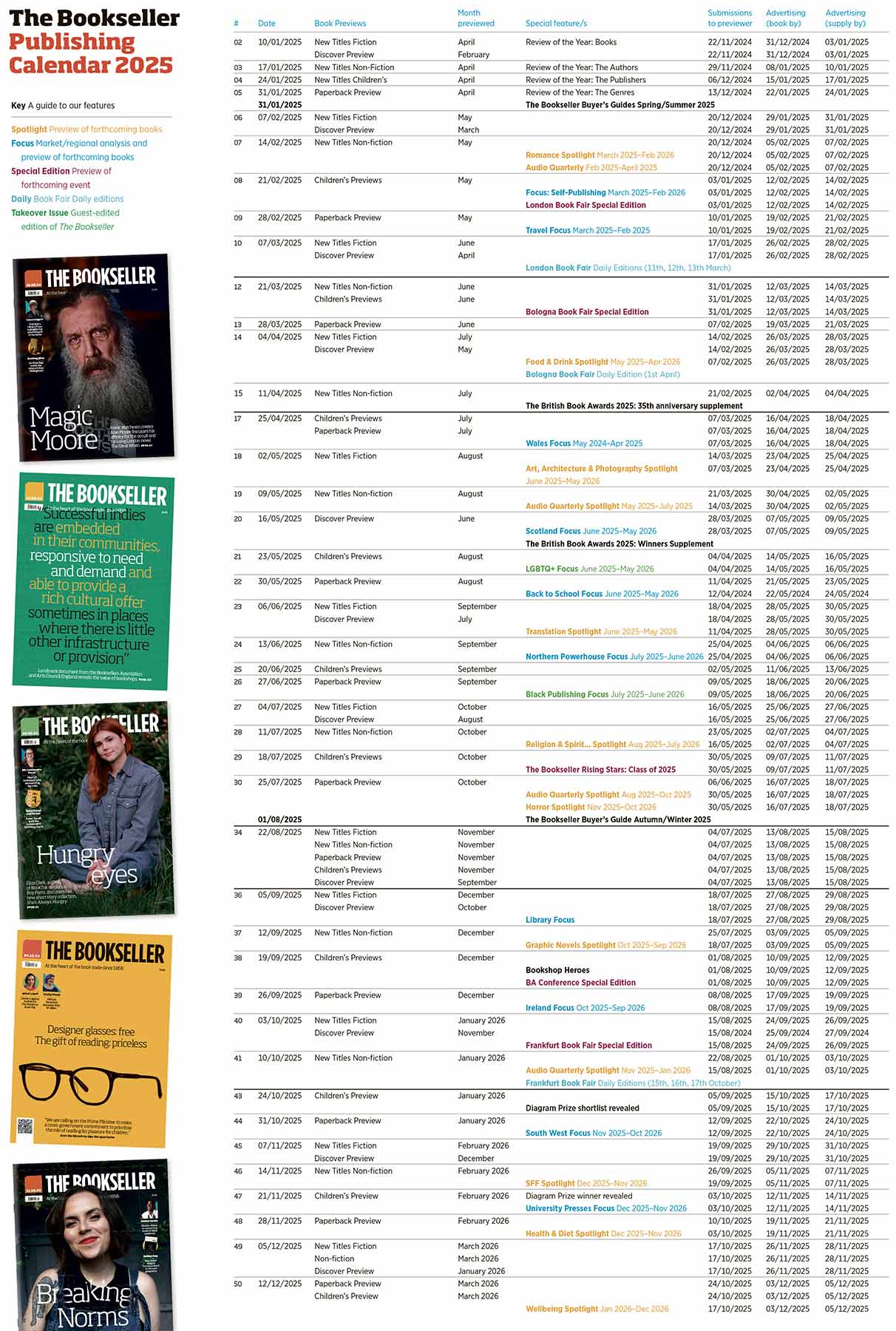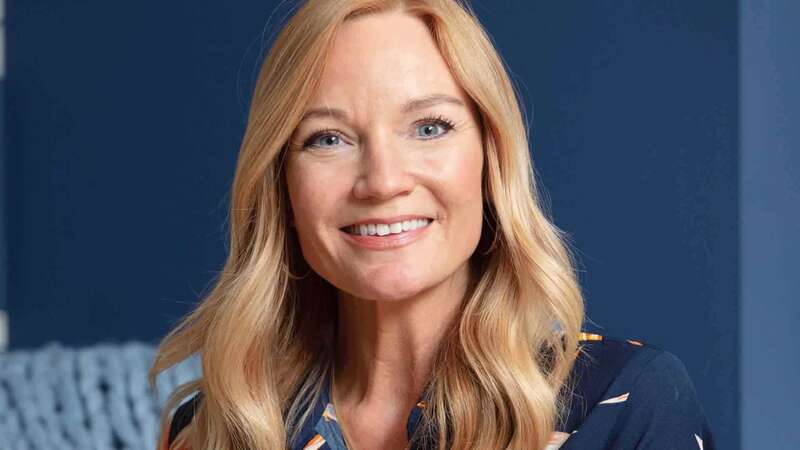You are viewing your 1 free article this month. Login to read more articles.
Wiley's gender pay gap deepened in 2018
The latest gender pay gap report from Wiley, which takes data for UK staff from April 2018, shows a median pay gap of 22.7%, up from 21.5% the previous year. The mean pay gap also deepened, up to 23.1% (21.1% the year before). However the company said the data in the report was gathered before recommendations to address the pay gap were delivered by a working group, with measures planned this year to effect change.
Wiley's latest gender gap figures compare to a 2018 national average of 17.9% (median) and 17.1% (mean), according to data supplied by the Office of National Statistics. The median gap is calculated by ranking all employees from the highest paid to the lowest paid, and taking the hourly wage of the person in the middle of that range. The mean hourly rate totals the earnings across the organisation to find an average rate.
The sky-high gender bonus gaps reported by Wiley last year (50.7% median and 42.3% mean) have come down to 40.2% and 34.1% respectively in the latest report.
Women make up 64% of Wiley's UK workforce. The 2018 report shows a small increase in the percentage of women in the upper pay quartile, up from 44.2% to 46%, but also an increase in those in the lowest pay quartile, up from 66% to 70%.
The publisher said that the pay gaps continue to be driven by Wiley's highest earners, who are male.
Human resources director Charlotte Hussein said: "Our UK colleagues have been actively involved with shaping Wiley's response to the first gender pay gap results. Over 50 colleagues volunteered to form six workstreams focusing on Communications, Data Analysis, External Engagement, Leadership, Recruitment & Training and Supportive Working Practices.
"They identified areas where changes could be made and put forward specific recommendations. With the support of our Executive Leadership Team, many of the recommendations will be implemented over the coming months, making a difference to Wiley's culture. The impact of these activities will take some time to have an effect on our gender pay gap results. With the increased focus and attention on addressing the gap, we are confident that we will see progress."
The publisher said the working group recommendation had been put together with a survey of UK staff and input from consultant Talking Talent to come up with a framework to address Wiley's gender balance. The coming year, 2019, will see a Women in Leadership Programme, to be trialled in the UK ahead of a global rollout; a review of global recruitment practices, with the focus on job advertising and interview practices; and a review of the company's parenthood policy "to proactively support new parents in the UK".
"Other areas of focus in the coming year include coaching, mentoring, personal development, flexible working, diversity and inclusion," the publisher said.
Brian Napack, Wiley's c.e.o. and president, said: "It was inspiring to see how our colleagues have responded to closing Wiley's gender pay gap in the UK. They have been committed and enthusiastic in putting forward recommendations to address it. They have been highly engaged, with their energy resonating throughout Wiley globally; it has been exciting to be part of this, and learn from their shared insights.
"I am committed to supporting future initiatives - the engaging, spirit and honest conversations will continue to make Wiley a better place to work for all colleagues."
UK staff make up 18% of Wiley's total global workforce.
Firms with more than 250 UK employees must report their pay gap data for April 2018 by the coming 5th April.















